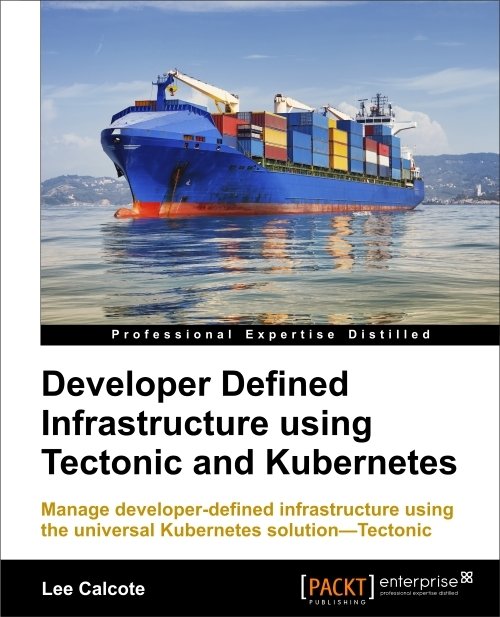Load-Balancing in the Cloud using
Lee Calcote
March 16th, 2017
Nginx

Kubernetes
&
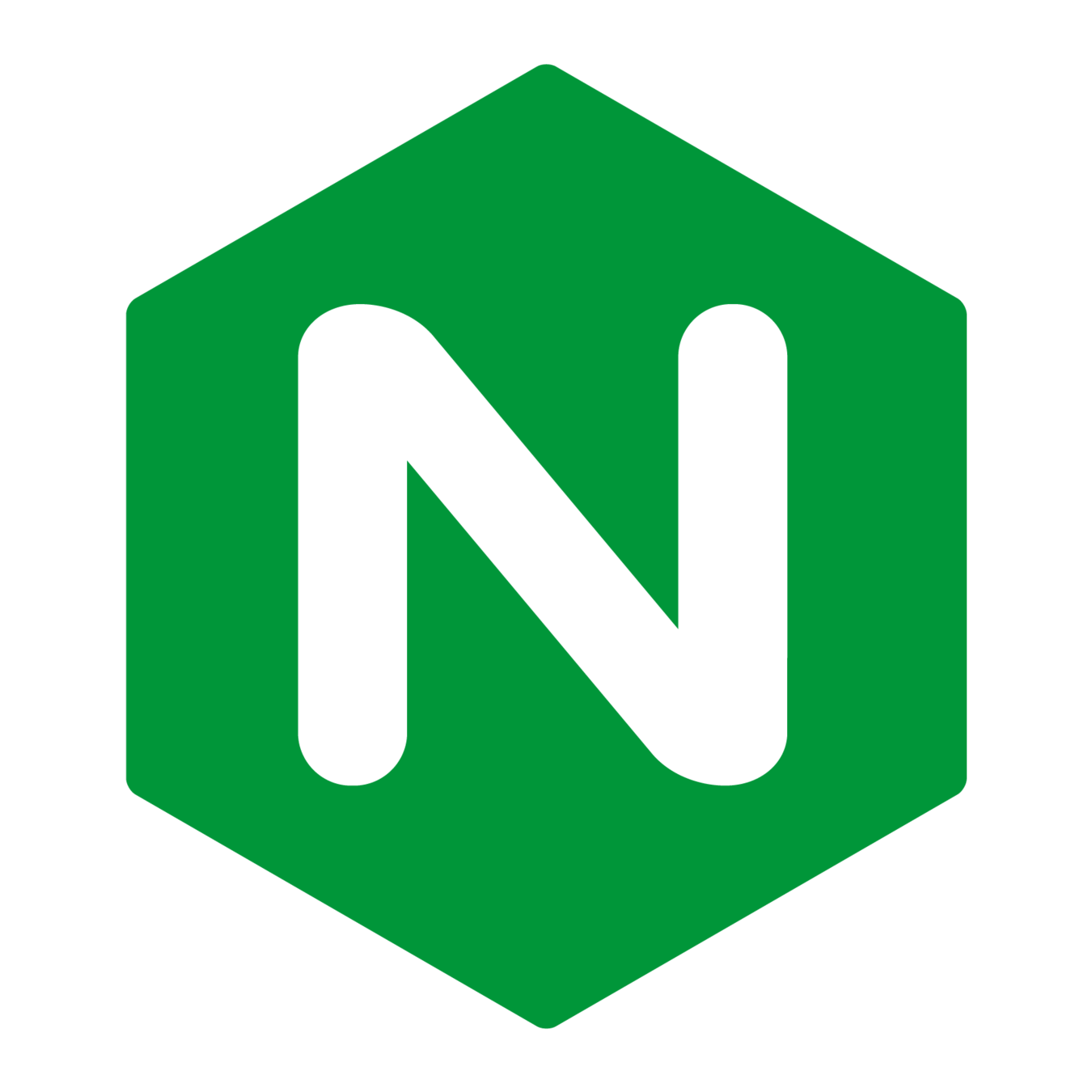
Lee Calcote
clouds, containers, infrastructure, applications and their management
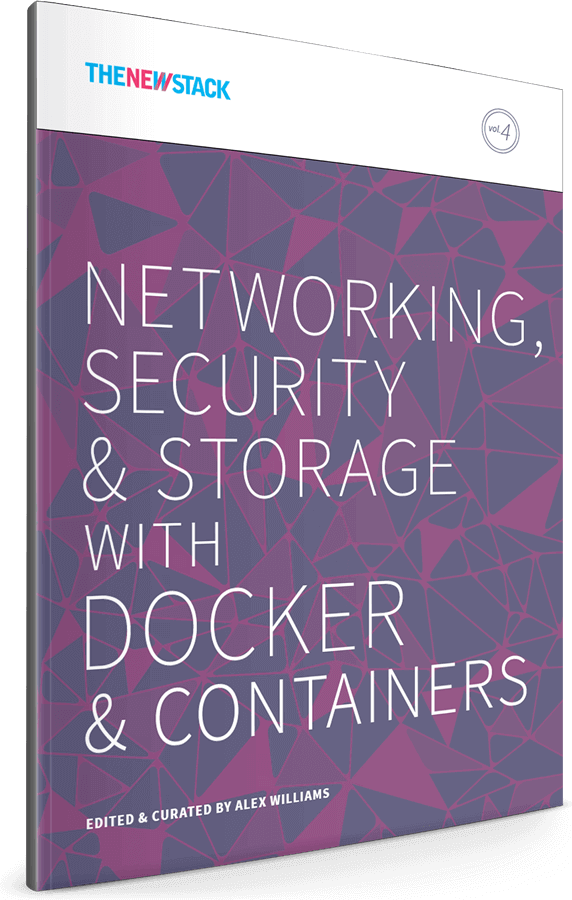
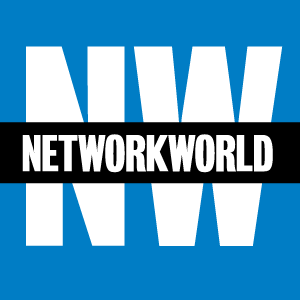
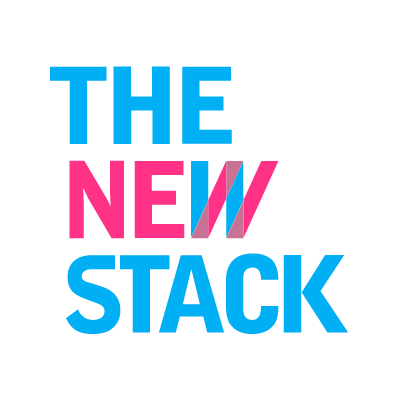






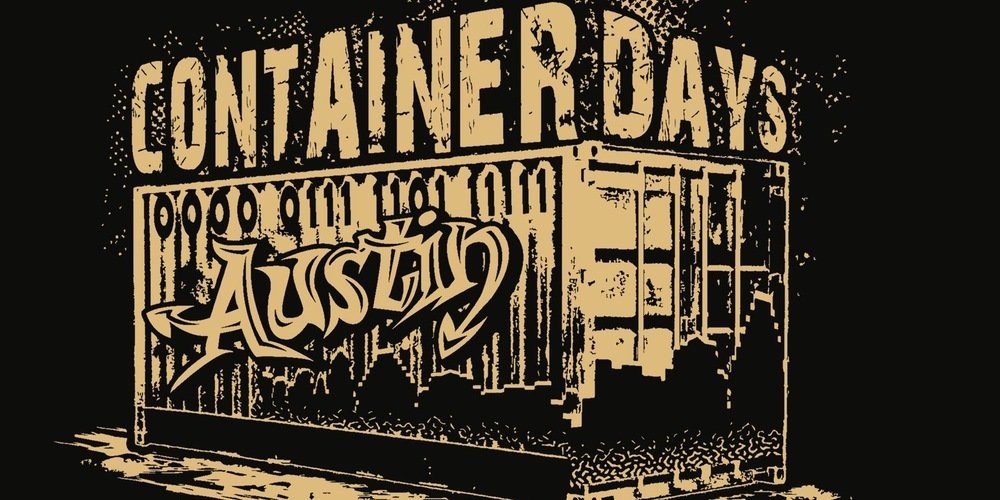


Public
Private
Application Delivery Controllers
Load-Balancers
have evolved.
Our Bloat-a-lith
A 1GB jar!
Our Case Study
-
is an IDE for game developers
-
created by game development studio based in Austin
- creates a real-time, collaborative game development engine
“Google Docs for game development”


Our Bloat-a-lith
EventBus Handler
Persistence Verticle
Vert.x
SockJS
Analytics
Analytics UI
Hazelcast
GridConnection
Telemetry
Telemetry Analysis
Projects, Streams,
Users, Sessions, Tenants
Kafka Producer
Platform Client Producer
Spark, R
GCE Network
Load Balancer
Kafka
Rendering Engines
Platform Publishing Tool
Game Analysis
Single instance
beloved
Shaping Up
-
Faster delivery, rolling updates
-
Horizontal scale out on-demand;
-
on an individual service basis
-
-
Modular architecture
-
Easy integration and deployments
-
Service isolation, resilience and fail-safe recovery
Benefits of Microservices
Democratization of language and technology choice
a quick review
it's an excellent time to be a developer
The promise of...
Characteristics of Microservices
-
how small is small?
Who has a system that is too big and that you’d like to break down?
Can a small team manage it?
More moving parts increases complexity.
Can you make a change to a service and deploy it by itself without changing anything else?
small, autonomous services that work together.
- independent, autonomous service
-
self-contained functional unit
-
App is Reactive
-
Leverages sockets
-
Limited resources
-
Culture (DevOps / Cloud maturity)
-
Support containers AND VMs
-
Propagation of huge data sets
The Challenge
-
On-the-fly intelligent rendering
-
Distribution of content
-
Extremely low latency for Reactive services
-
Blocking vs non-blocking
-
On-premises telemetry collection and analytics
Our Microbloat v2
Analytics UI
Authentication
Telemetry
Telemetry Analysis
Spark, R
Kafka
Rendering Engines
Platform Publishing Tool
Game Analysis
Master
etcd
Locking
Projects
Authorization
kube-proxy
kube-proxy
SockJS
Authorization
kube-proxy
DaemonSet
Node
Node
kube-api, etc.
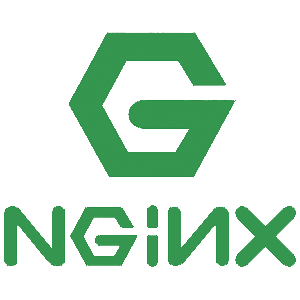
Node
Pod
Pod
Deployment
Authorization
DaemonSet
Service
Comparing Services
(not shoes)
SSL Termination
| Kubernetes 1.5 | No |
|---|---|
| Swarm 1.13 | No |
| Mesos+Marathon | Yes |
| ELB Classic |
Yes |
|---|---|
| ELB L7 |
Yes |
| Beanstalk |
Yes (EC2) |
| IOT |
Yes |
| ECS | Yes (EC2) |
| Load-Balancer | No |
| App Gateway | Yes |
| Container Service | ? |
| Cloud LB (HTTP) | Yes |
| Cloud LB (Network) | Yes |
| GKE | No |
Container Orchestrators
Clouds
AWS
Azure
GCP
SSL Proxy
SSL Proxy
Websocket Support
| Kubernetes 1.5 |
No |
|---|---|
| Swarm 1.13 |
No |
| Mesos+Marathon | Yes |
Container Orchestrators
Clouds
AWS
Azure
GCP
|
ELB Classic |
Yes |
|---|---|
|
ELB L7 |
Yes |
| Beanstalk | Yes |
| IOT | Yes |
| ECS | Yes |
|
|
|
| Load-Balancer | No |
| App Gateway | Yes |
| Container Service | ? |
| Cloud LB (HTTP) | No |
| Cloud LB (Network) | Yes |
| GKE | No |
Kubernetes & Nginx
to the Rescue


There are soooo many ways to skin this cat.

Microbloat v3
Going deeper with Nginx & Kubernetes
-
As an ingress controller in Kubernetes
-
SSL termination
-
Path-based rules
-
Web socket support
-


-
Service Discovery with Nginx Plus
-
Need for locating service instances instantly without reconfiguring
-
On-the-fly Reconfiguration API
-
Work with etcd
-
Kubernetes
-
Pod - group of co-scheduled containers and volumes
-
Replication Controller - reconciliation loop to keep current state congruent with desired state
-
Service - a set of pods that comprise a common function
-
Deployment - manages updates for Pods and Replica Sets
- Secrets - store and retrieve sensitive data
\ˈnō-mən-ˌklā-chər
a brief Kubernetes construct review
Exposing Kubernetes Services
-
ClusterIP - service to be reachable only from inside of the cluster.
-
ExternalName - It serves as a way to return an alias to an external service residing outside the cluster.
-
NodePort - exposes service on a port on each node of the cluster.
-
LoadBalancer - cluster-internal IP and exposing service on a NodePort, also ask the cloud provider for a load balancer which forwards requests to the Service exposed as a <NodeIP>:NodePort for each Node.

-
kube-proxy runs on each node in the cluster
- a network proxy that represents Services on each node
- integral to how services are exposed in the cluster
- limited to layer 4 (tcp/udp) load-balancing
kube-proxy
no·men·cla·ture
kube-proxy
iptables
Container AA
Container A
kube-proxy
kube-proxy
Node A
Node B

Client
Pod A
Service A
iptables
Inbound
Outbound
NodePort
Traffic flow with
NodePort/LoadBalancer
Container BB
Container B
Pod B
Service B
Ingress
no·men·cla·ture
apiVersion: extensions/v1beta1
kind: Ingress
metadata:
name: projects
spec:
tls:
- hosts:
- api.maxplay.io
secretName: api-secret
rules:
- host: api.maxplay.io
http:
paths:
- path: /projects
backend:
serviceName: tenant-svc
servicePort: 80
- path: /tenants
backend:
serviceName: user-svc
servicePort: 80
- path: /users
backend:
serviceName: user-svc
servicePort: 80Secrets
$ kubectl create secret generic api-secret --from-file nginx.confAn Ingress Controller is a control loop that manages rules enabling inbound traffic to applications.
Ingress Controller
specification
apiVersion: extensions/v1beta1
kind: Deployment
metadata:
name: nginx-ingress-dp
labels:
app: nginx-ingress
spec:
replicas: 1
selector:
app: nginx-ingress
template:
metadata:
labels:
app: nginx-ingress
spec:
containers:
- image: maxplay/nginx-ingress:latest
imagePullPolicy: Always
name: nginx-ingress
ports:
- containerPort: 80
hostPort: 80
- containerPort: 443
hostPort: 443
args:
- /nginx-ingress-controller
- --default-backend-service= \
$(POD_NAMESPACE)/nginx-default-backendMake sure you review controller specific docs so you understand the caveats of each one.
iptables
Container AA
Container A
Ingress
Controller
kube-proxy
kube-proxy
Node A
Node B

Client
Pod A
Ingress B
Service A

iptables
Inbound
Outbound
Traffic flow with
Ingress Controller
Annotation in the Ingress resource definition specifies which services are web socket services -
"socks-svc"
Web Socket Support
Ingress Resource Annotation
apiVersion: extensions/v1beta1
kind: Ingress
metadata:
name: api-ingress
annotations:
nginx.org/websocket-services: "sockjs-svc"
spec:
tls:
- hosts:
- api.maxplay.io
secretName: api-secret
rules:
- host: api.maxplay.io
http:
paths:
- path: /sockjs
backend:
serviceName: sockjs-svc
servicePort: 8181NGINX
Why Nginx
-
Hybrid needs
-
On-premises and Google Cloud Platform
-
-
Consistent administration and capabilities
-
central load balancing and proxy platform
-
-
Support for VM and container-based technologies
-
with minimal configuration change
-
-
Deeper feature set available as services/team matures
-
use as an Application Delivery Controller
-
Platform independence
Common Administration w/Nginx Plus
App
App
App




A/B Testing Using Nginx
Ingress Controller and Deployments
Requests
App v0.1
App v0.2
90% of requests go to v0.1
10% of requests go to v0.2

GSLB & Content Caching w/Nginx Plus
App
App
App
GeoDNS
US Regions
-
Session Persistence and Sticky Routing help in performance of request routing and localized content
-
Content Caching provides faster retrieval of data
-
Performance, reliability and availability
Global Regions



Lee Calcote



Thank you. Questions?
clouds, containers, infrastructure,
applications and their management






